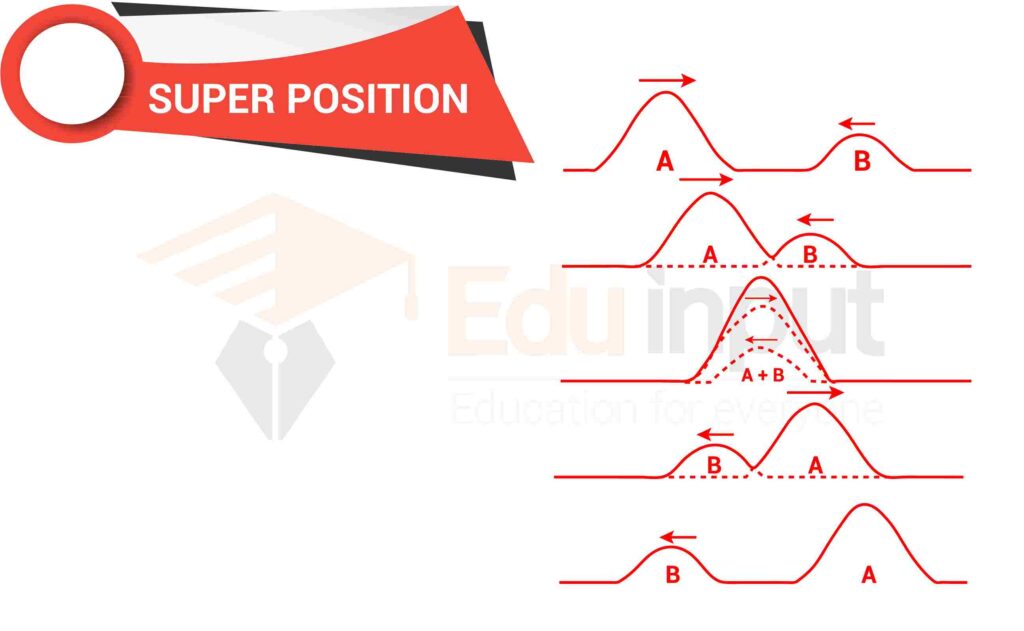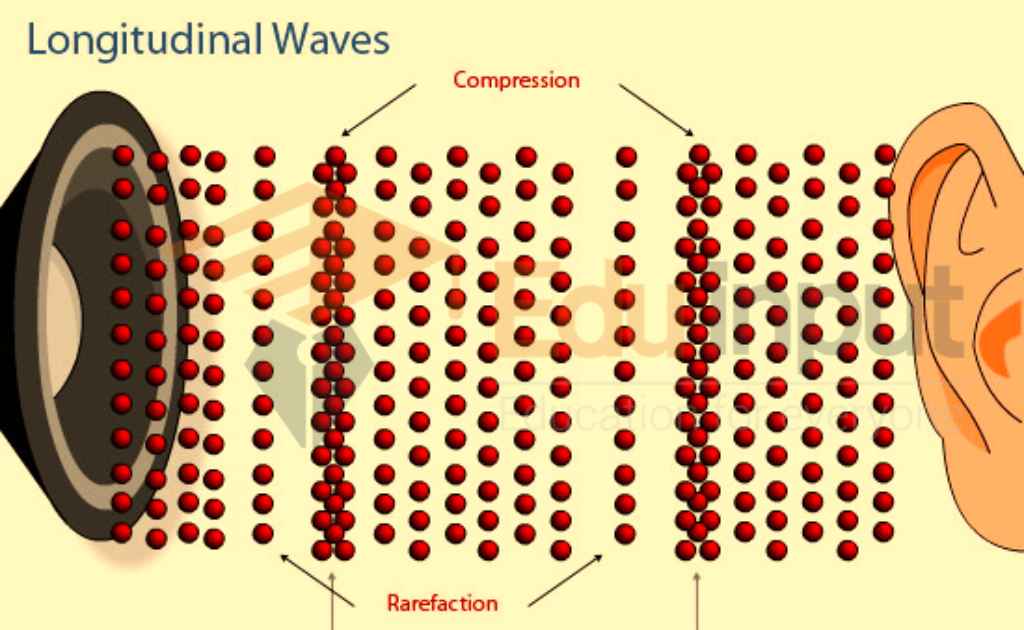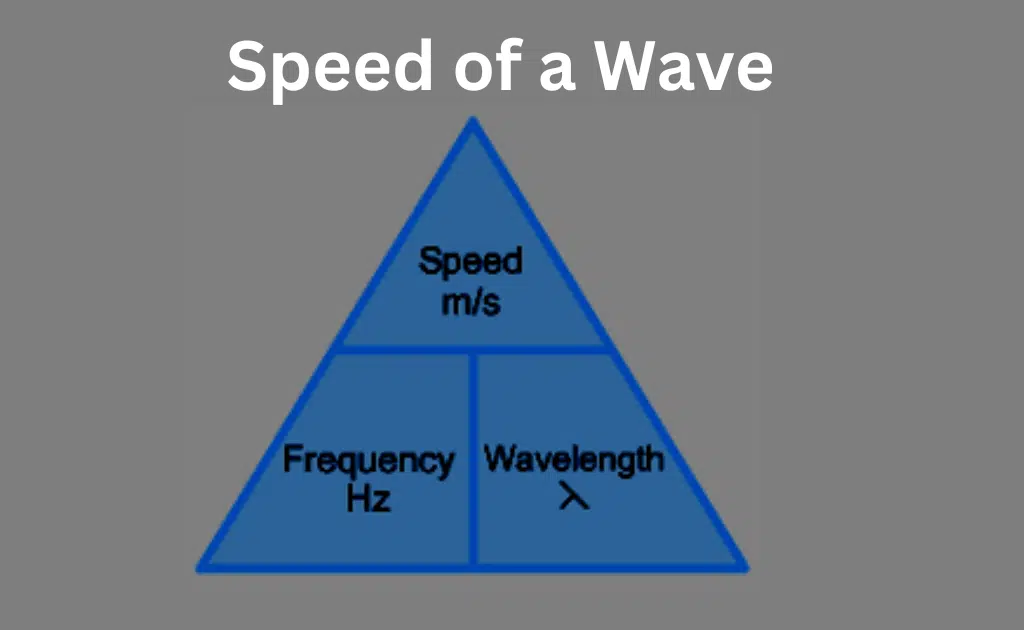Superposition of Waves | Principle of Superposition
The superposition of waves is nothing but the concept that is related to the fact that if you move a wave in one direction then the wave will travel in another direction.
This is actually the concept of waves and if you know the concept of waves, then you can easily learn how to understand the superposition of waves.
Superposition of Waves
Waves are the most beautiful and mesmerizing phenomenon. When the water waves meet with each other, they create some kind of interference. But the beauty of the waves is that they can be used to measure the distance between two points.
The concept of wave interference is called Superposition. The waves interfere with each other and the result is a unique pattern.
There are two kinds of waves, that is, sinusoidal and non-sinusoidal. In sinusoidal waves, the frequency is constant and it means that you can calculate the frequency based on the number of cycles. On the other hand, in non-sinusoidal waves the frequency will vary, so you can never say that it is a sinusoidal wave.
As per the definition, if you see an object in the water, then the waves will make that object oscillate in its vertical direction. The ocean is filled with different types of waves. You can find this phenomenon even in the air. There are many kinds of waves in the air. There are also different kinds of waves on the earth.
In the past, the waves were thought to be generated by the wind and it was named as ‘Kites’.
The sound waves are also related to this phenomenon.
Principle of Superposition
Suppose two waves approach each other on a coil of spring. One traveling towards the right and the other traveling towards the left. The waves pass through each other without being modified. After the encounter, each wave shape looks just as it did before and is traveling along just as it was before. This phenomenon of passing through each other uncharged can be observed with all types of waves.

The time when the two waves overlap shows that the displacements they produced just add up. At each instant, the displacement of the spring at any point in the overlap region is just the sum of the displacements that would be caused by each of the two waves separately. Thus if a particle of medium is simultaneously acted upon by n waves such that its displacement due to each of the individual n waves be y1, y2…yn,
Then the resultant displacement of the particle under the simultaneous action of these n waves is the algebraic sum of all the displacements i.e,
Y=y1 +y2 +…+yn
Again if the two waves which cross each other have opposite phases their resultant displacement will be
y=y1-y2 .
Important cases of superposition of waves
Many interesting phenomena are observed due to the superposition of waves. We study the following three important cases.
Interference
Two waves having the same frequency and traveling in the same direction produce wave interference.
Beats
Two waves of slightly different frequencies and traveling in the same direction produce beats.
Stationary waves
Two waves of equal frequency traveling in opposite directions stationary waves.






Leave a Reply